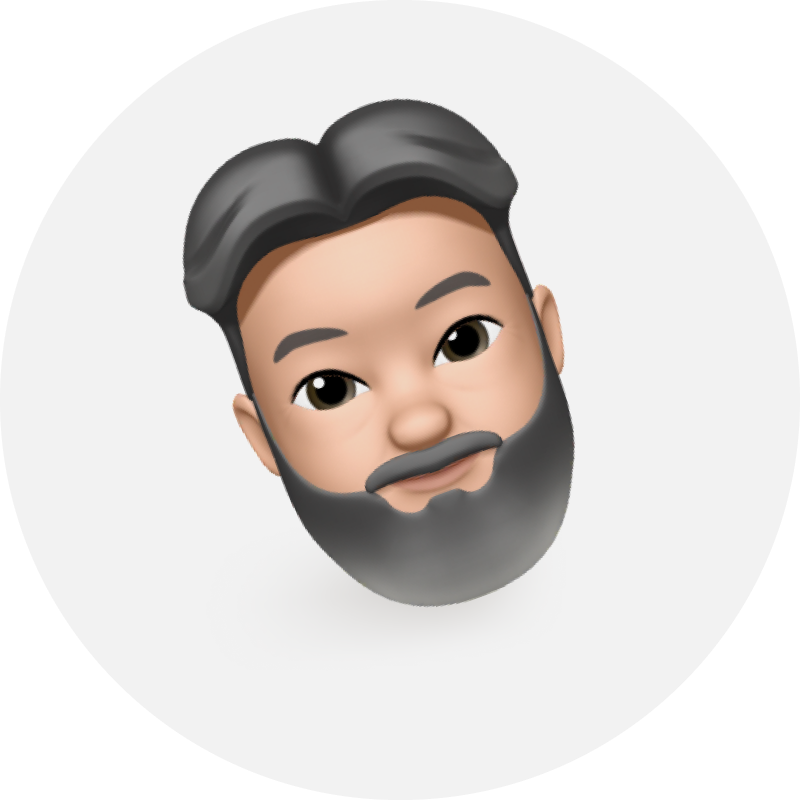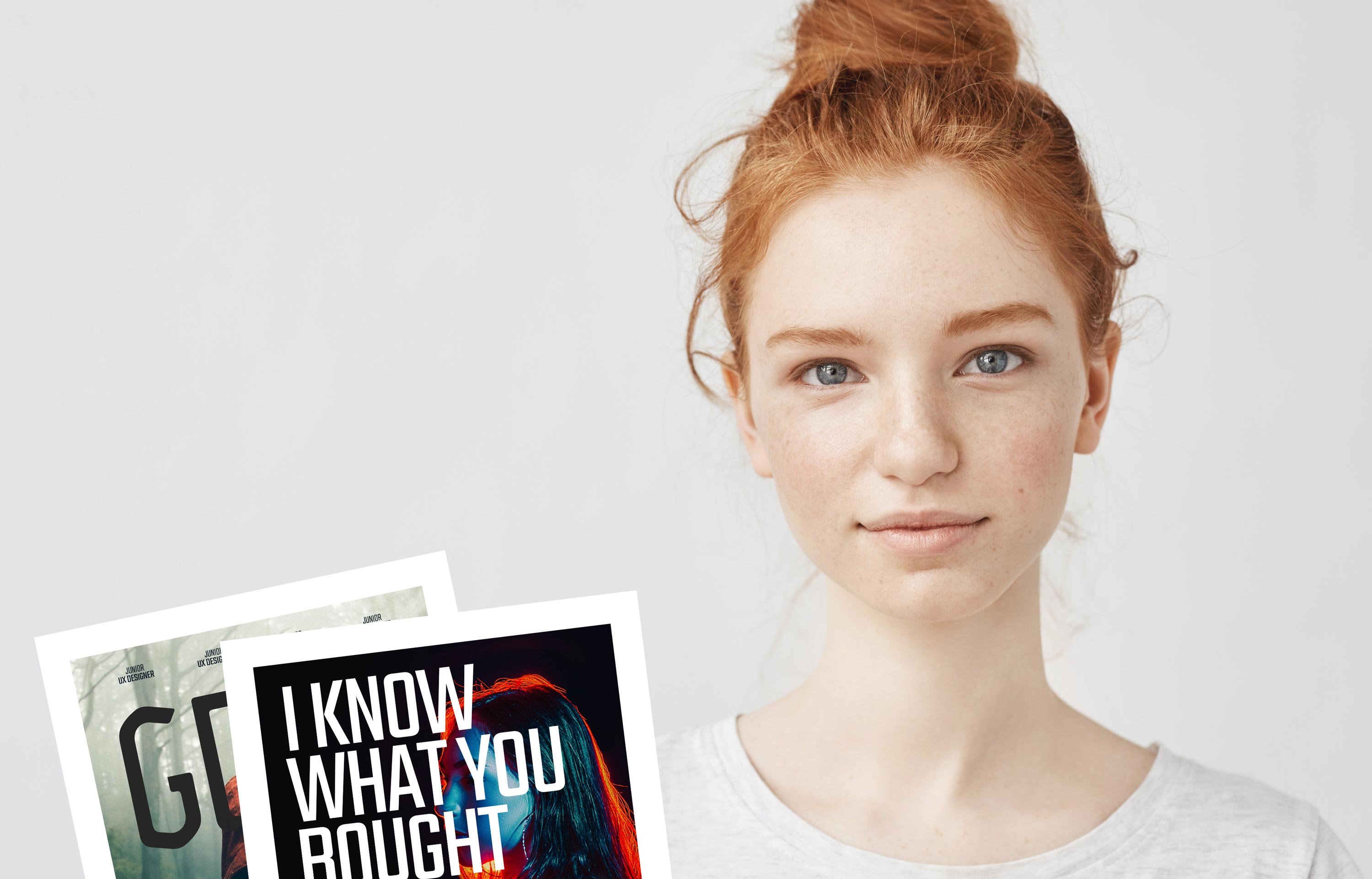UX research techniques are your “tools” when designing the product or service. Just like the UX design process ensures the right flow of designing a project, you need to know the techniques to achieve your goals.
The UX design process usually consists of 6 stages:
- planning,
- research,
- analysis,
- design,
- launch,
- and evaluation.
For each of these steps, you can apply different UX techniques, that will help you to analyse your target audience better, discover week spots of your product, and find the right solution to make it better.
In this article, you will get familiar with:
- Quantitative vs qualitative UX research techniques
- Examples of the techniques you can apply in your project
- Situations for which some techniques are better than others
Let’s discover the UX techniques you can use to improve your project’s user experience.
2 types of UX research methods
Depending on the desired outcome of applying user experience research techniques, you can choose quantitative or qualitative methods. In short, we can say that:
- Qualitative UX research techniques answer the question “why?”. They tell us why something happened based on impressions, interpretations, or prior knowledge of a researcher.
- Quantitative UX research techniques, on the other hand, answer the questions “how many?” and “how much?”. They enable us to make decisions based on evaluating, tracking, and comparing the data.
For each qualitative and quantitative methods, there are several techniques to apply. It’s best to know and apply both of them, as each can give you a different view of the project.
You may want, for example, want to know “why?” users take certain actions, but also have the data to back your solution to the observed problem.
Qualitative UX research techniques
1. Interviews
User interviews are a great UX method to collect information or feedback from a user, performed usually as a one-on-one interview. During the interview, UX designer or a researcher asks questions about a product or a service, being able to nurture the user’s answers to understand better how they feel or what they think about it.
You can apply different interviewing techniques, e.g.:
- Ethnographic interview – this method combines interview and observation, enabling the researcher to learn about the user’s customs and habits.
- In-depth interview – an intensive interview on a given subject, idea, or a feature, in which the researcher asks specific and narrowed-down questions.
This method is great at any stage of the project, whether it is planning, implementation, or testing.
2. Focus groups
Similarly to one-on-one interviews, a focus group interview enables you to directly ask your users about your product, service, a feature, etc. In this case, however, the interview can be performed with more than just one user.
The advantage of this method is also that users can interact with each other, discuss the subject of the interview, giving you a broader understanding of what people think about your solution.
3. Surveys and questionnaires
With UX surveys and questionnaires, researchers can quickly gather more data than while performing one-on-one interviews. They can consist of both open and closed questions, carefully picked to obtain information that can be further processed and compared to draw meaningful conclusions.
UX survey can be done online with a variety of tools, like Google Forms or Typeform.
Tools like Typeform make it easier to survey your users. Source: Typeform.com
4. Usability tests
Usability testing relies on the observation of how users interact with a product. Usability tests can be moderated or unmoderated, so you can either watch how people use, e.g. an app or a website directly or use online tools to record their behaviours and interactions.
5. Card sorting
The last qualitative research technique I want to tell you about is card sorting. It is being used to discover how users categorise or prioritise information. This information can be helpful if you want to find out how to structure your website or an app, what is more important for your users, and whether they understand your messaging.
In this technique, the researcher creates cards representing the information you want to test and asks users to group them based on previously set criteria.
Quantitative UX research techniques
6. Data analysis
Developing digital products, very often, you don’t have to ask users to provide you with additional data to measure. All you need is up there, online. With tools like Google Analytics, you can measure how people interact with your website or an app, which pages they view, how long do they stay there, where they bounce.
Monitoring and analysing these data give you a lot of information about your users already. Learn to make use of it to improve your solution, first.
7. Benchmarking
How do you know if the changes you’ve implemented work? You can ask your users for feedback, but this is often not enough.
If you prefer making more data-driven decisions, compare the current performance of your solution with historical data. Using benchmarking in UX design is a very good idea, as it will show you right away what works, and what not so much.
The only problem here is that you need to be gathering the data first so that you can compare it later with new results.
8. A/B Testing
Sometimes, when you can’t decide between different solutions, it’s best to try them all and compare the results. Here’s where A/B Testing comes into action. This technique is very well known in digital marketing, but you can successfully use it while designing the user experience.
Not sure whether that CTA button should be on the right or the left side? Try both options with A/B testing and let your users decide.
9. Eye-tracking
Asking users to tell you how they use your service is one thing, but sometimes you want to see what they are looking at while, e.g. browsing your website. With eye-tracking, you can immediately tell what parts of your design catch users’ attention, what they skim briefly, what they avoid, etc.
Using eye-tracking for usability testing, you can learn more about your users’ conscious and unconscious behaviours, learning more about how they want to use your product.
10. Surveys
Surveys can act as both qualitative and quantitative UX techniques. Depending on the questions you use, you can get feedback answering the questions “how”, as well as the data. An example of a quantitative approach to surveys is asking your users to rate their experiences.
This way, compared with their demographics, you can test how users feel about your service in a data-driven approach.
Pros and cons of UX research methods
Improving user experience of your website or an app requires following a UX research process and implementing different methods. Those, some of them listed in this article, have their pros and cons, including the possible reach or reliability of the data you collect. Some of these techniques will be better for small projects, while others you can use with thousands of respondents.
Weighing the pros and cons of UX research methods will help you choose the best techniques for your project.
Summary
UX research process takes time and requires researchers to have the knowledge and experience necessary to not only perform specific tests but also to draw correct conclusions and take action.
Some types of UX research methods, on the other hand, require specific tools, or even facilities and equipment.
As we’re sure that some methods are worth to be implemented in-house, we can help you with the more complex ones. Tell us about your project and let ExtraHut experts do the research for you.





